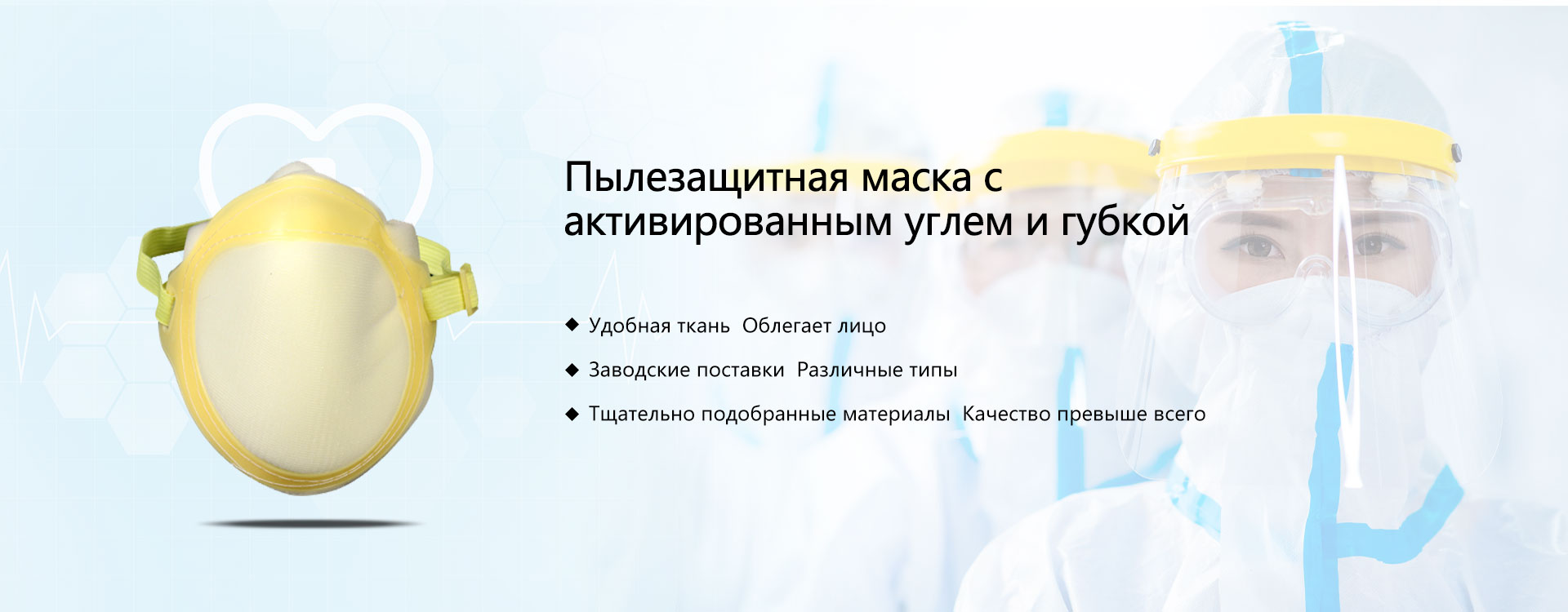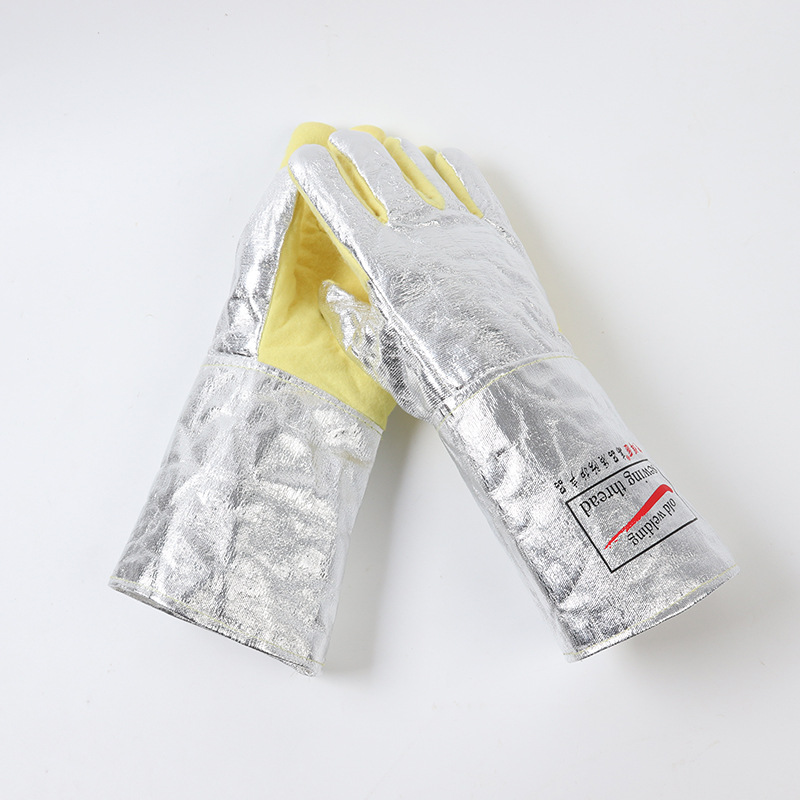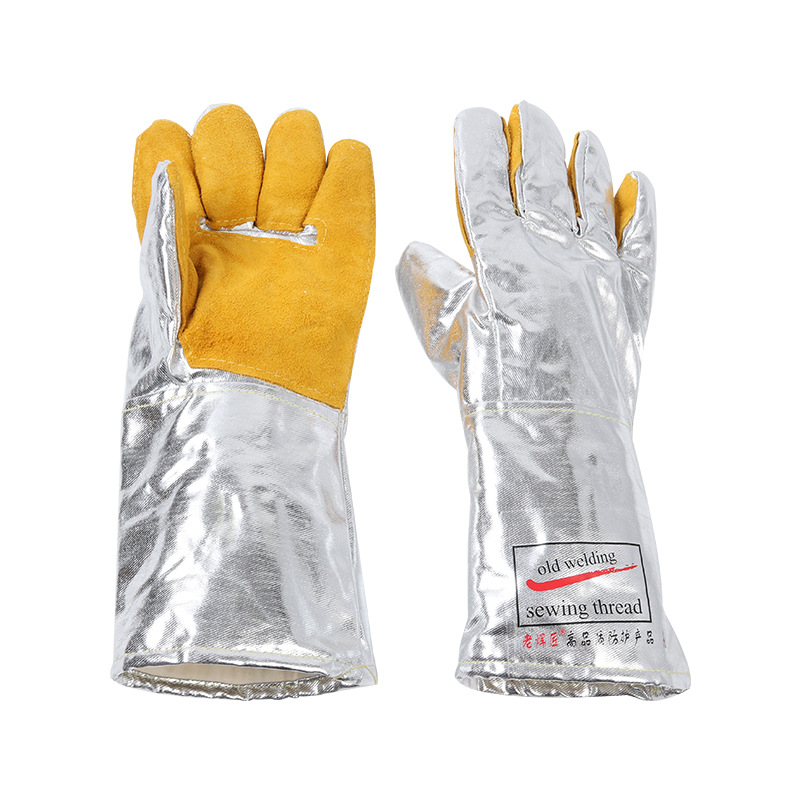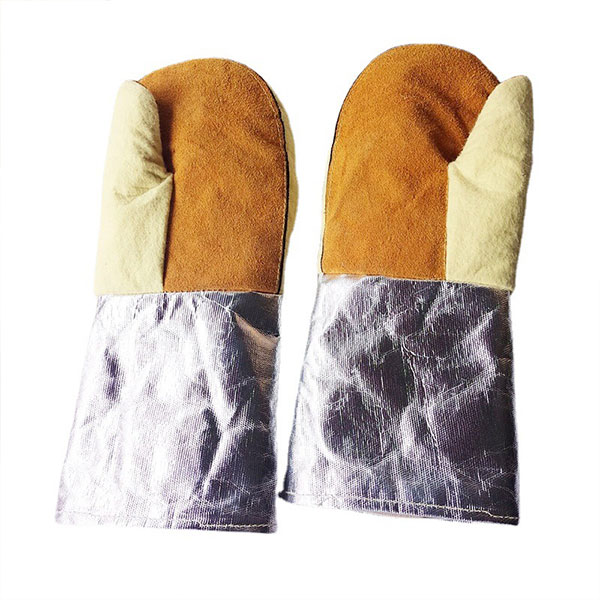
Protective clothing from aluminum foil
Protective clothing from aluminum foil: myth or reality?
Protective clothing made of aluminum foil often appears in a popular culture, imagining as an effective shield from external threats, then as an object of ridicule. But how real is its protective function? Let's figure it out.
Protection against electromagnetic radiation:
Many believe that foil clothes are able to protect against electromagnetic radiation, for example, from cell phones or Wi-Fi routers. To some extent, this is true: aluminum foil is indeed a conductor and can partially reflect electromagnetic waves. However, the effectiveness of such protection is very limited. To create a really reliable screen, special weaving and the thickness of the material that ordinary foil does not provide. Homemade foil costumes will rather create the illusion of protection than to provide real. In addition, one should not forget about the potential cracks and leakage of such a costume?, Which reduce its effectiveness to zero.
Protection from heat and cold:
Aluminum foil has low thermal conductivity. This means that she can delay heat or cold for some time, just as thermal insulation in houses does. However, such protection will be very short -term and insufficient for serious temperature fluctuations. Under extreme conditions, the foil can hardly provide reliable protection against overheating or hypothermia. Moreover, the foil does not breathe, which can lead to overheating of the body under it.
Myths and reality:
In conclusion, it is worth noting that clothing made of aluminum foil is not a reliable means of protection against most threats. Its ability to reflect electromagnetic radiation is minimal, and protection against temperature fluctuations is extremely limited and can even be dangerous. Although the foil can be useful for some highly specialized tasks, its use as protective clothing is rather a myth than reality. For this protection, specially designed materials and technologies are required, taking into account the specific type of threat.
AppropriateProducts
Corresponding products
The best soldproducts
The best -selling products-
 Sustainable temperatures insulating gloves from aluminum foil thickened aramid gloves of labor protection gloves
Sustainable temperatures insulating gloves from aluminum foil thickened aramid gloves of labor protection gloves -
 Disposable gloves
Disposable gloves -
 Gloves made of heat -resistant aluminum foil with oxide skin to protect labor
Gloves made of heat -resistant aluminum foil with oxide skin to protect labor -
 Pyatalpal heat -insulating gloves
Pyatalpal heat -insulating gloves -
 Heat -resistant and protecting from burns Long welding gloves made of oxide leather
Heat -resistant and protecting from burns Long welding gloves made of oxide leather -
 Aluminum foil
Aluminum foil -
 Protective mask from aluminum foil
Protective mask from aluminum foil -
 Noise reduction and noise insulation Berushi rubber wired bears
Noise reduction and noise insulation Berushi rubber wired bears -
 Brown welding gloves made of oxide leather
Brown welding gloves made of oxide leather -
 Thermal insulating anti -burn aramide gloves made of aluminum foil
Thermal insulating anti -burn aramide gloves made of aluminum foil -
 Aramid thermal insulation gloves against aluminum foil burns
Aramid thermal insulation gloves against aluminum foil burns -
 Welding gloves for labor insurance
Welding gloves for labor insurance
Connectedsearch
Related search- Cheap manufacturers of respirators
- The main countries-buying countries for wholesale are disposable observation gloves
- Cheap gas masks 5 suppliers
- Wholesale gloves welding gloves two -layer skin suppliers
- Manufacturers of aluminum foil masks in China
- Cheap suppliers of dust masks
- Cheap disposable masks of class waste factory
- Cheap disposable observation gloves m basic buyer countries
- Manufacturers of anti -gas respirators in China
- Cheap protective equipment manufacturers of respirators












